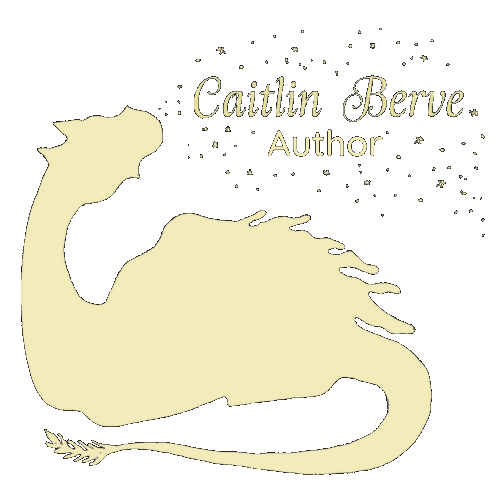Fairy tales, fables, and folktales are ripe for retellings because they were designed to be altered to fit a specific audience. The original tales are slightly generic and use archetypes to allow them to be malleable. This is why storytellers like me have so much fun putting our own spin on the stories and why fairy tales are able to evolve to stay relevant in modern society.
Read MoreFairy tales, fables, and myths use archetypal characters like the hero, evil step-mother, or wise mentor. These were meant to be more representative of a type of person than to be an actual character and to help conserve space. One of the short stories in my collection of modern fairy tales When Magic Calls began as an oral tale and that form had a huge influence on the characters of the finished piece.
Read MoreOne of my favorite New Year’s traditions is the practice of opening the front and back doors of a home at midnight to let the old year out and the new year in. When I first learned of this, my writing brain immediately started to ask what if. What if you left the doors open too long? What if you got the wrong year? Here’s how these questions created a twisted fairy tale.
Read MoreWhy are traditional fairy tales so dark? Because they were meant to be warnings and lessons, not just entertainment and bedtime stories. Fairy tales don’t hide monsters from children, they teach kids how to overcome the demons in the dark.
Read MoreFairy tales are often inspired by real life events. Unfortunately, the dark origins of Hansel and Gretel didn’t have a true happily ever after. Perhaps that’s why the Grimm brothers changed it or maybe the fairy tale was created to rewrite history. Either way, it’s evolution is fascinating.
Read More




